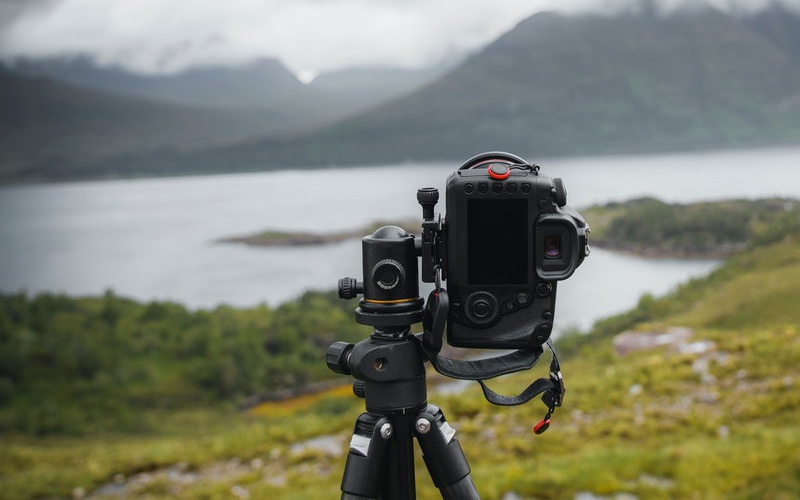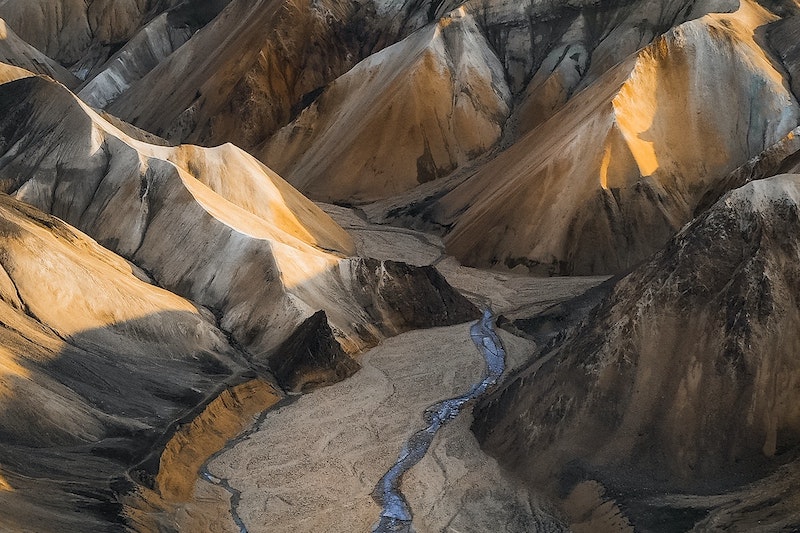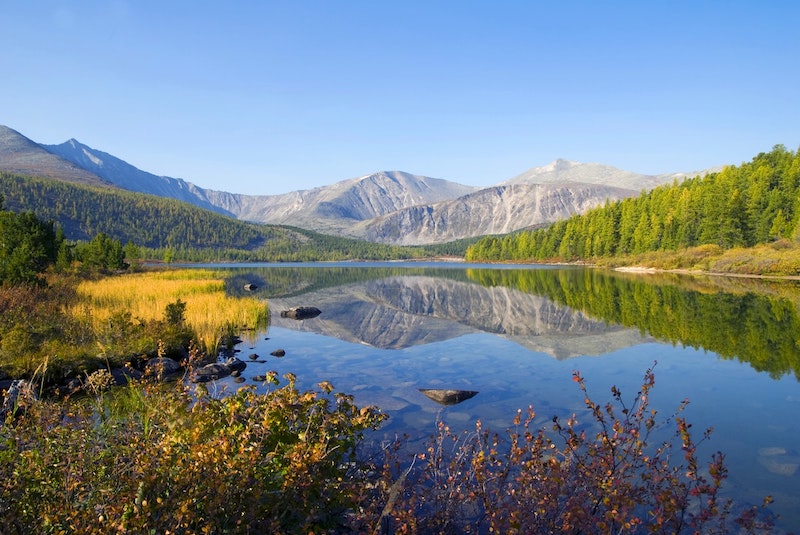
Landscape photography produces some of the most stunning images out there. The best part is that it relies primarily on the beauty of nature of the scene to get it right – there’s no studio to set up or lighting to position before you pull out your camera to take a shot.
Though shooting landscapes features mother nature, there are some tips to utilize to get the best results, capturing stunning photos with little effort.
It doesn’t matter if you’re a professional photographer or a hobbyist, in the right conditions, landscape photography is amazing. We’re going to share eight landscape photography tips to help you capture the best images possible.
1. Don’t Be Afraid to Use a Tripod

You don’t have to take every landscape shot by hand. Buy a portable tripod that you can pull out any time you need it. Shaky hands, different shutter speeds, and the weather can all determine how your photo is going to turn out.
A tripod ensures a stable shot with no movement. When shopping around for a tripod, make sure it’s portable and durable.
Read more about tripods for shooting landscapes.
2. Try Out a Telephoto Lens
It’s common to use a wide-angle lens when capturing landscape photography. This is the traditional choice and you should be using one to get a wider view.
But a wide-angle lens isn’t your only option. It’s time to switch things up and a telephoto lens is perfect.
A telephoto lens is 50mm or longer and gives you an even wider photo than a wide-angle lens.
While a wide-angle lens creates depth, telephoto lenses capture every little detail of the scenery. They make extreme weather conditions stand out more than they already do including lightening or even fog. The lens gets all the extraordinary details of the weather.
If you don’t already own a telephoto lens, you should invest in one for your landscape portraits.
3. Composition is Key
The composition of an image is the way you arrange the elements. Different compositions of the same image can tell two different stories. A different composition is a different perspective.
The “rule of thirds” is one of the most common compositions used in photography and works well for landscapes. It balances the elements in the image.
According to the rule of thirds, you break up the image into thirds horizontally and vertically. In your head, you should see nine equal squares. Your subject should be at an intersection of lines for a balanced scene that’s pleasing to the eye.
You don’t have to always place the subject in the middle. Try putting it off to the right or left. Each gives the image a different look.
To control where the viewer’s eyes go, use lines or patterns when shooting the landscape to lead them to the subject. Some cameras even have a setting that allows you to place the grid on your screen to help you get the perfect shot.
4. Find Depth in Your Shots
Depth is important when it comes to landscape photography. It gives the viewer the sense that they’re in the scene, in the moment, enraptured by the scenery.
To create depth in landscape photography, make sure all elements are in focus. You can do this by choosing a small aperture setting but make sure you don’t go too small, either. It should range from f/11 to f/16.
When your camera is in a small aperture setting, you need to increase your ISO to between 100 and 400. Less light enters the lens the smaller the aperture setting so your ISO can counteract that. It will also prevent the image from becoming grainy.
5. Natural Light is Your Best Friend

Natural light can make or break your image. If the light is low, your photo isn’t going to be vibrant but if you want an image with a darker mood, less light is a plus
The amount of natural light you need depends on the mood you’re hoping to portray, and how you control your exposure. Professional photographers have what’s called the “golden hour”. Dusk and dawn are the best time of day for photographing landscapes.
Keep in mind you don’t want to go out right in the middle of the day when you’re photographing landscapes. You don’t want too much sun because that will cause an awful glare on the scenery. But sunsets and sunrises are a great time to go out.
6. Add Movement to Your Landscape Images

Movement in an image changes the mood or emotion. You can get motion from a stream or even weather as it rages through the landscape.
To capture movement, you need a longer shutter speed and a small aperture setting.
7. Use Water for a Stunning Image

It’s no secret that water in an image is gorgeous. It contrasts against the sky so the blues really shine.
But you can also use water as a mirror. It can reflect the subject of your image so it catches the viewer’s eye right away. It creates a balance.
8. Be Creative with Filters
Don’t be afraid to use filters on your landscape images. The filters help balance light in the photo. You can make adjustment to the light and create a whole different mood for the shot.
A polarizing filter darkens the light, highlighting the blues in the image to contrast them against the white.
A neutral-density (ND) filter ensures that there isn’t too much light in the image. It prevents glares from too much sun.
The Bottom Line
It doesn’t matter if you’re a newbie, you can still take breath-taking landscape photographs. We created this guide of eight landscape photography tips to help you take stunning landscape images.
The post Landscape Photography: 8 Tips to Help You Capture Stunning Photos first appeared on Photography Spark.

